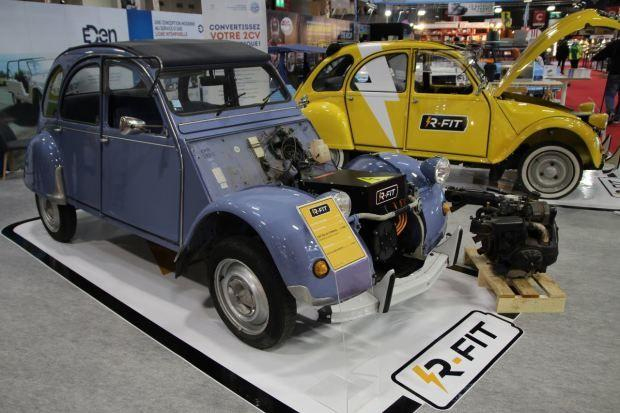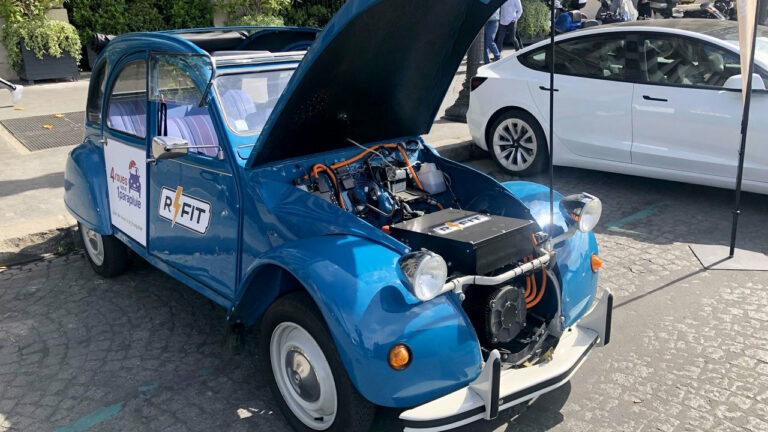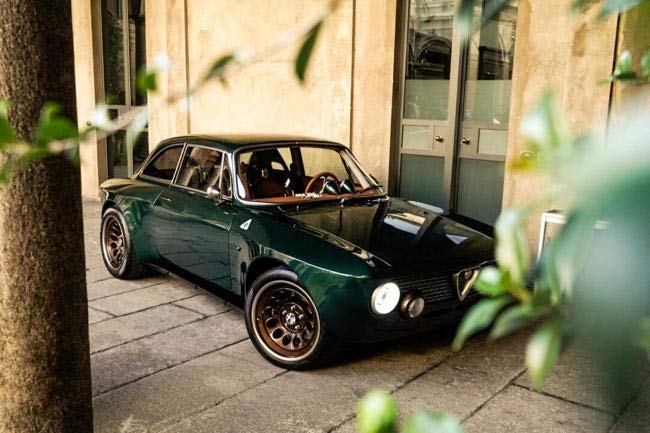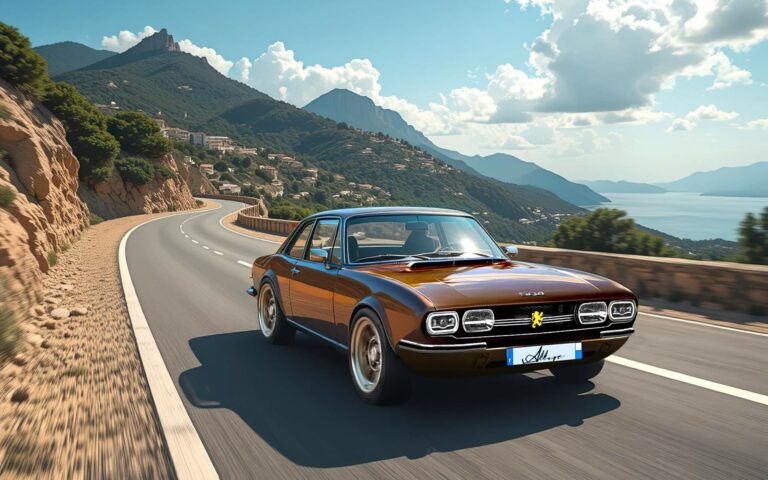
What is the difference between restomod and retrofit?
Restomod and retrofit are two distinct approaches in the restoration of classic or collectible cars. The term restomod is a combination of “restoration” and “modification.” This approach involves restoring a classic car while integrating modern technologies and improvements, such as more efficient engines, advanced braking systems, and contemporary comfort features. The goal is to preserve the original charm of the vehicle and its old-fashioned / analog driving pleasure while making it more reliable and enjoyable for everyday use.
On the other hand, retrofit focuses mainly on upgrading the vehicle’s technical components to meet modern standards and requirements, particularly in terms of safety and environmental compliance. For example, retrofit may include the installation of electric propulsion systems or the addition of modern safety devices without altering the car’s exterior appearance. Rfit, for instance, follows this approach with models such as the Diane, 2CV, or 4L.
The main philosophical difference between the two lies in the balance between historical authenticity and modern enhancements. While restomod aims to create a harmonious blend of old and new for an improved driving experience without losing its charm, retrofit prioritizes compliance with current standards without compromising the vehicle’s visual and historical integrity.
Is restomodding a common and appreciated practice?
Restomod is an increasingly popular practice among classic car enthusiasts. Vintage car lovers appreciate this approach as it allows them to preserve the vehicle’s original aesthetics and charm. Restomod also attracts a new generation of enthusiasts. This practice is widespread and well-received within the car lover community because it offers a unique driving experience that combines the best of both worlds: the timeless charm of classics and the advantages of modern innovations. Forums and automotive events show that interest in restomod continues to grow, solidifying its place in automotive culture. This is especially true in Europe, whereas in the United States, it has always existed.
However, despite its popularity, restomod is not without its critics.
Some purists of classic and collectible cars consider this practice to undermine the historical authenticity of vehicles. They believe that it alters the original character and heritage value of vintage cars. Additionally, the high costs associated with restomods can make these projects inaccessible to many enthusiasts, thus limiting their appeal. Finally, some worry that the focus on modern performance may divert attention from the aesthetic and nostalgic qualities that make classic cars uniquely attractive.
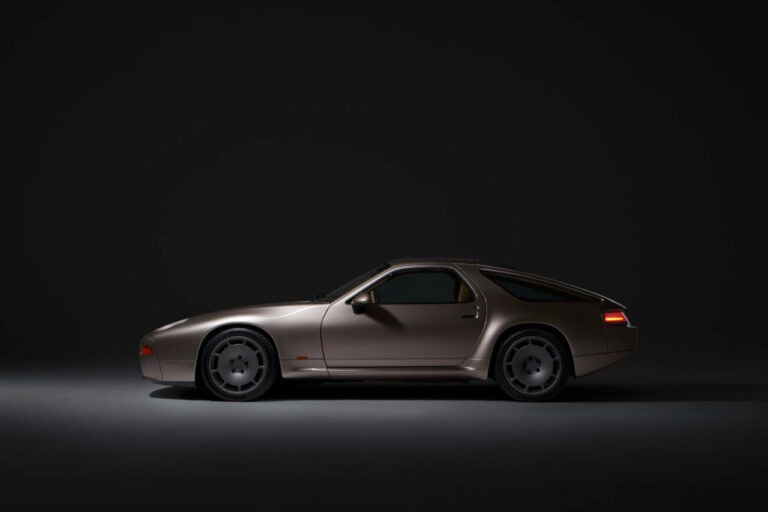
And what about France?
Restomod is experiencing growing success in France, but few companies have ventured into this field. Notable examples include:
- Machine Revival: Located in Capbreton, Machine Revival is one of the sector’s leaders. Their projects focus primarily on Porsche models, BMWs, and American muscle cars. The company stands out for its artisanal approach and high-quality finishes, allowing owners to enjoy vehicles that are both performant and elegant.
- Nardone Automotive: Based in Aix-en-Provence, Nardone Automotive has made a name for itself with its modernized 400 hp Porsche 928. Thierry Nardone, the founder, worked for three years with prestigious partners to transform this car into a modern gem while retaining its original charm. The result is a powerful and refined vehicle, perfectly suited to contemporary demands.
- Burn-Out Club: Another French company specializing in restomod and backdating. Their reputation is based on fidelity to the originals and the quality of their work. Classic car enthusiasts can rely on their expertise to obtain vehicles that combine tradition and innovation.
The restomod scene in France is currently smaller compared to the United States or even Italy. However, it is gradually developing and becoming more known on the international stage.
It is in this momentum that we ourselves have embarked on the project of restomodding the 504 coupe, thus helping to raise awareness of this movement in France and showcase the French craftsmanship of both yesterday and today.
More news...
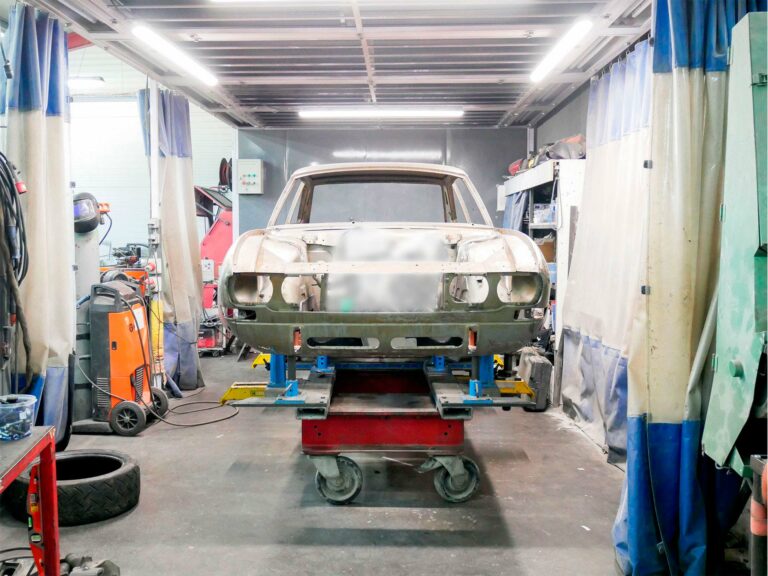
Project-A 504: From Workshop Dream to European Roads
Project-A 504 is more than a car—it is a journey where every part assembled, every
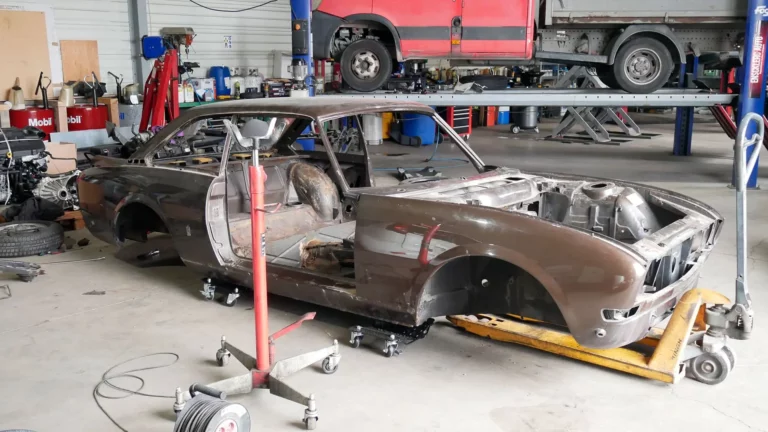
Restomod Project-A 504: Step One – Stripping Down and Tackling Rust
At Allure Provence Automotive, every restomod project begins with one essential principle: start from a

Bioethanol: A Biofuel
Bioethanol, particularly Superethanol E85, offers several advantages in terms of efficiency and performance (1, 2).
